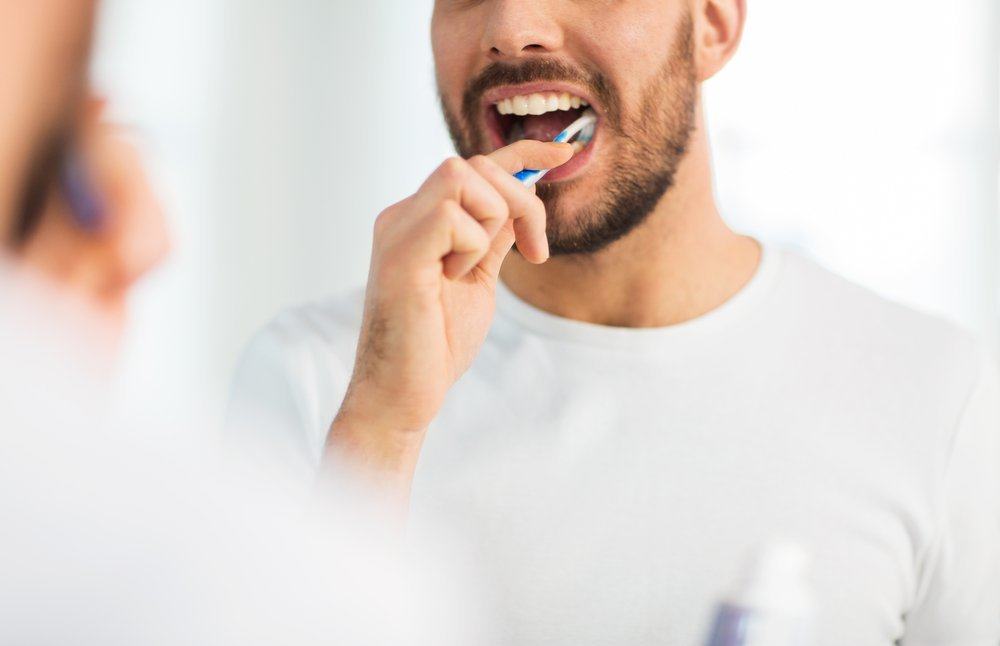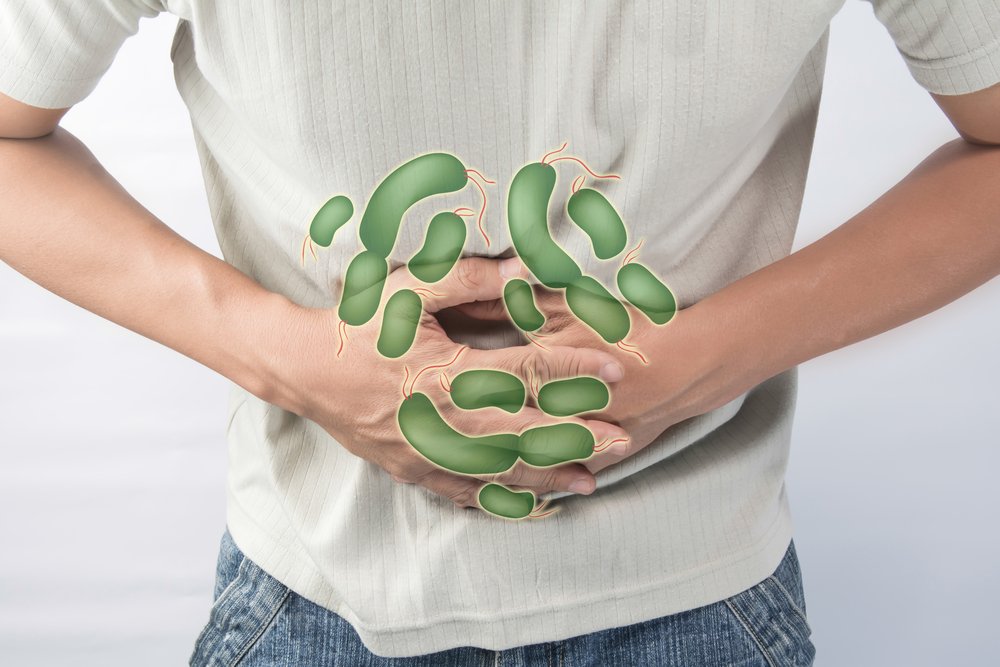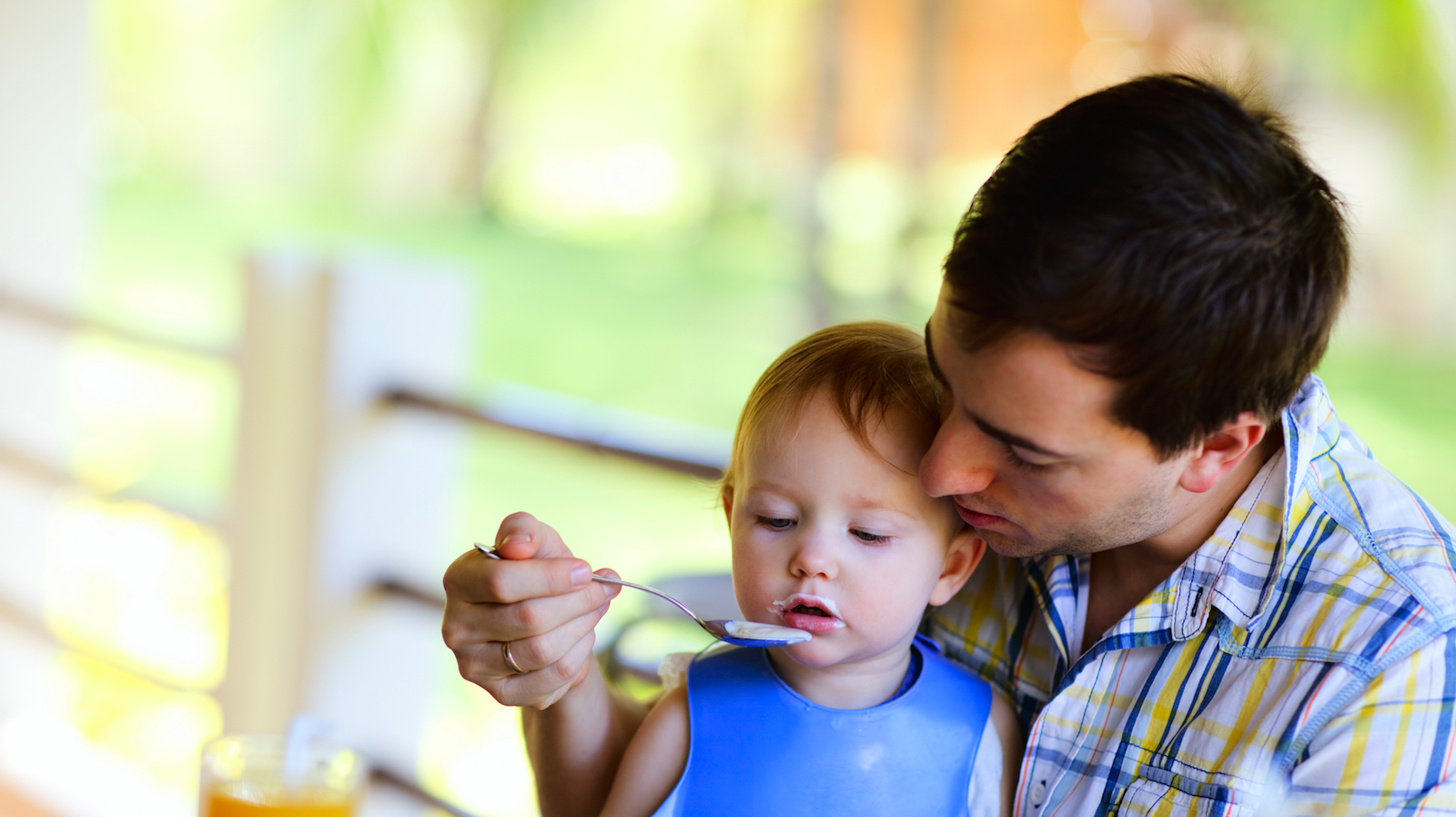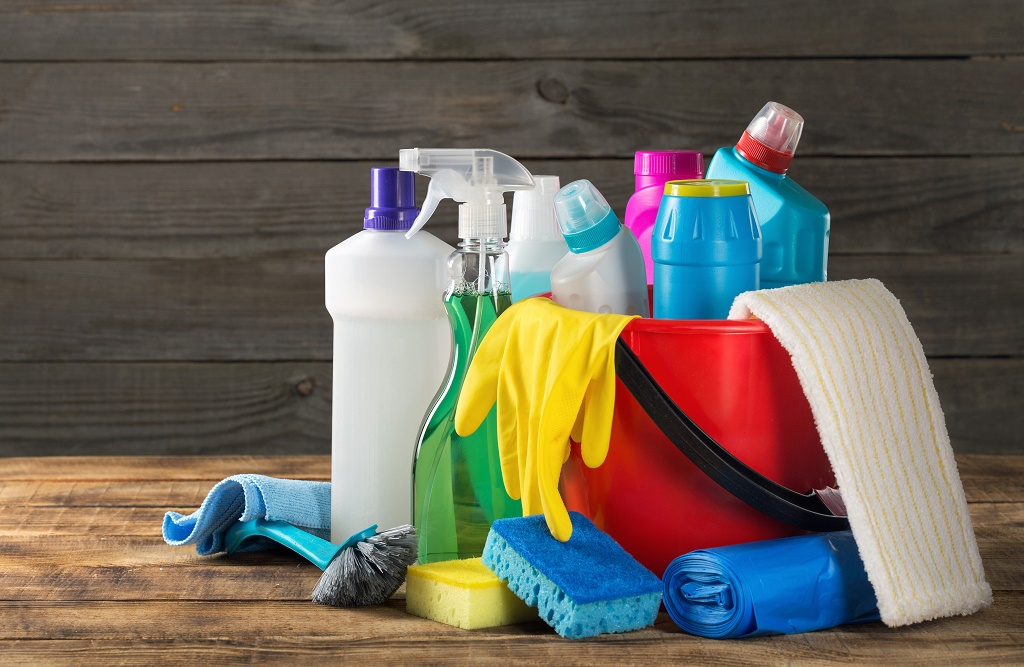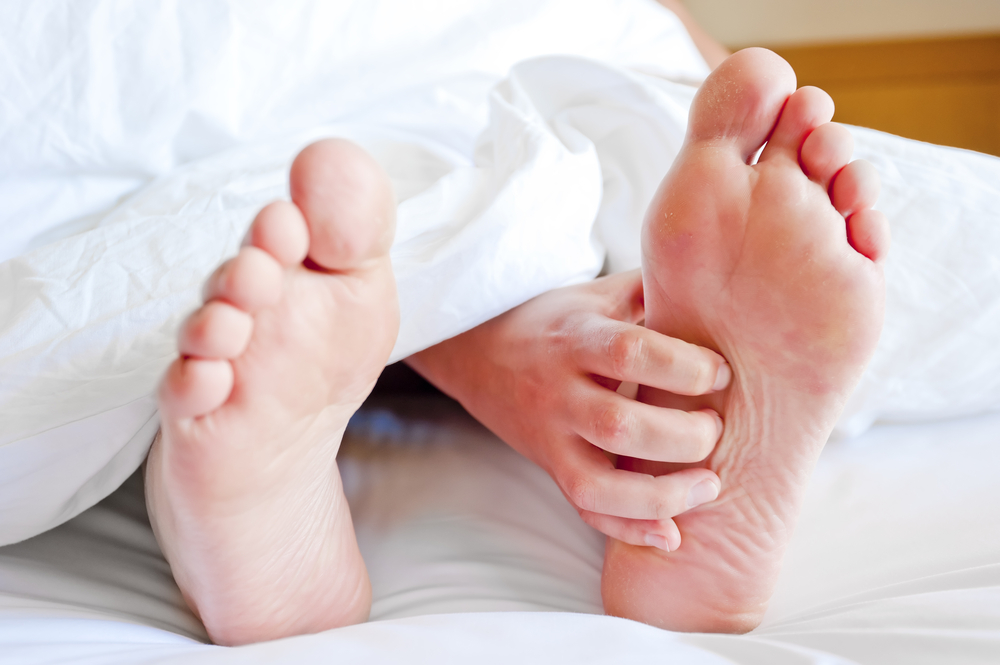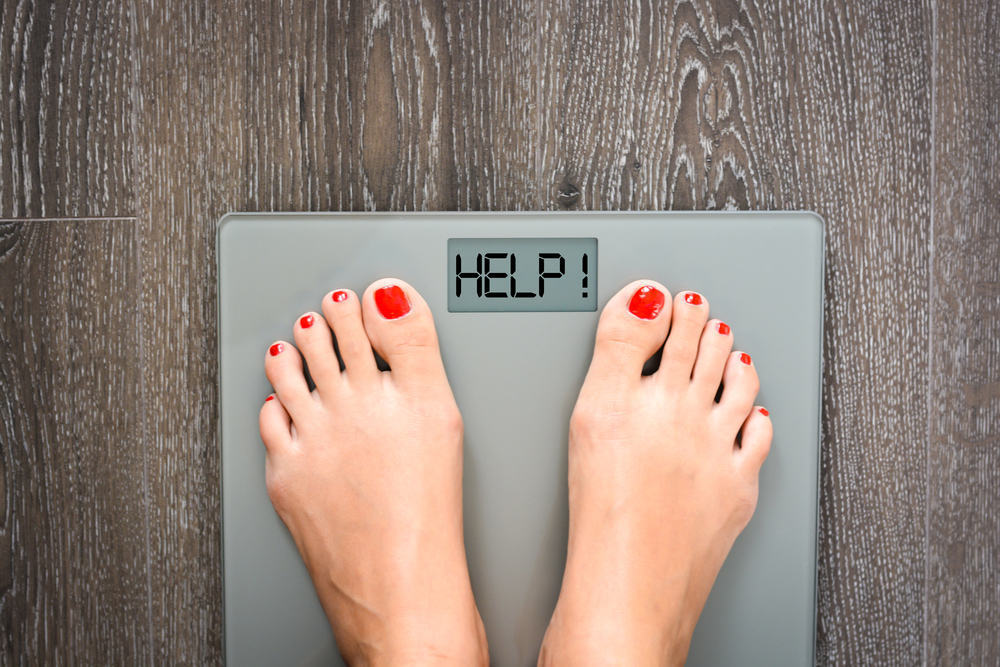Contents:
Medical Video: How to Properly Clean Your Teeth
Brushing your teeth is a daily routine that does not need to be thoughtful: rub, gargle, dispose - twice a day. After all, you have gotten used to doing it since childhood (hopefully). However, many of us are surprised to learn that we often make mistakes in brushing our teeth - more than we thought.
As long as you know the right way, brushing your teeth can be very effective in helping you avoid problems such as cavities and gum disease. Gum disease, or gingivitis, has been linked to a variety of serious health problems, including heart problems, kidney disease, diabetes, and even some types of cancer. Researchers found a link between bacteria in dirty mouth and pancreatic cancer. These bacteria are thought to enter through the bloodstream and eat away the pancreatic tissue.
The most common tooth brushing mistakes
1. Brushing your teeth too briefly
Did you know that brushing the right teeth takes at least two minutes? Most adults do it very quickly, even under one minute - and don't realize it. Our perception of how long we brush is very inaccurate. Some people think they brush their teeth for a few minutes, but it can be less than half a minute.
To reach the recommended time, try using a stopwatch. Or, use an electric toothbrush with a built-in alarm that will sound when you have brushed for two minutes. Ideally, Richard H. Price, DMD, consumer advisor to the American Dental Association, was quoted from WebMD, suggest you divide your mouth into four regions and spend 30 seconds for each section.
2. Brushing your teeth too hard
If your strength when brushing your teeth is almost as hard as when you rub a sticky crust on the back of a frying pan, you might endanger your health. Rubbing hard gives a sense of inner satisfaction that the work you do has 100 percent lifted all the plaque and leftover food tucked away. But, rubbing too hard can make the gum tissue stress heavy and even cause it to loosen loose, thus showing a portion of the tooth root. This area is very sensitive to heat and cold. Tooth roots are also more susceptible to hole formation than the harder part of the tooth enamel.
Plaques (bacterial colonies) are sticky textures but also soft, so you don't have to roll your sleeves up high every time you brush your teeth. Don't brush your teeth more than three times a day. Too often brushing your teeth can make the outermost layer of teeth, aka enamel, wear out faster and damage your gums. Twice a day, morning and night, enough.
3. Just rub it
Brushing your teeth straight, back and forth like you are ironing is not the best way to optimally clean your teeth.
Concentrate cleaning your teeth thoroughly in each area of the tooth following the method below, by giving extra attention to the gums, the area of the back and inner teeth that are difficult to achieve, and the area around the patches, crowns, or other areas of dental repair:
- Hold your toothbrush by placing the angle of the toothbrush slightly 45º against the gum line (not sticking the entire surface of the bristles directly on the tooth). Brush with short, circular swipe movements, similar to sweeping in small circles, away from the gum line for the entire front tooth surface. This technique works so that brush bristles can remove plaques that hide behind the gum boundary. Clean the rows of the upper teeth, then down while still keeping the position of the brush bristles against the gum line
- Use the same method to clean the rows of teeth on the right and left side, starting from the top then bottom (the deepest end towards the outside)
- Brush the surface to bite teeth with sweeping movements, from the deepest end to the outside. Clean the top inside, then bottom
- To clean the inside of the front teeth row, position the bristles vertically and brush with a small circular motion with the tip of the brush head
- Finally, brush your tongue to help erode the plaque that sticks to the surface of the tongue while refreshing your breath.
4. Rush to rinse after brushing your teeth
After brushing your teeth, spit out excess toothbrush foam and do not immediately rinse afterwards. Gargling after brushing your teeth will rinse the concentration of fluoride from the remaining toothpaste, so that it melts and reduces the effect of toothpaste.
5. Brushing your teeth immediately after eating
Do not immediately brush your teeth after eating or drinking acidic ones. Always wait at least 30 minutes.
Research shows that brushing too fast after eating and drinks, especially those that are acidic, can bring more impact to your dental health. If you have consumed anything acidic, you should avoid brushing your teeth for at least 30 minutes. Foods that contain citric acid, such as oranges, grapefruit, and lemon, weaken the tooth enamel. Acid attacks the teeth, erodes the enamel and the underlying layer, called dentine. Brushing can speed up the erosion process. Reflux acid causes the same problem: Although it may be good to brush your teeth after stomach acid rises to avoid the spicy bitter taste, this can damage your teeth.
Dental health experts recommend that you better brush your teeth before eating or drinking acid, and drink a glass of water when you finish consuming it to rinse the acid that sticks to the teeth.
Conversely, certain foods and drinks - especially those high in carbohydrates and sugar - stimulate the proliferation of certain bacteria in your mouth that will attack your tooth enamel at least twenty minutes after you eat. By brushing your teeth as soon as you eat these foods, you will get rid of bacteria before they begin to gnaw at your teeth.
6. Incorrectly choose a toothbrush or toothpaste
Over time, the bristles become coarse, tangled, bent, and curved so that when you bend your brush to 45 degrees, the feathers no longer aim in the right direction. Brush bristles become softer and stop working effectively. Every three months, replace your toothbrush with a new one.
Your toothbrush should fit in your mouth comfortably - and in general, a smaller brush head is better. Unless you have a large mouth, a small brush head is as effective as helping you access molars that are hard to reach and hard to see.
The type of toothpaste you use is also important. The content in special whitening toothpaste or tartar control can be hard on your teeth. Bleaching particles in toothpaste can be dangerous and erode tooth structure. Use ordinary fluoride toothpaste. Adults must use toothpaste containing at least 1,350 parts per million (ppm) fluoride. Children do not need to use special "children's toothpaste". Children of all ages can use family toothpaste, provided it contains fluoride from 1,350-1,500ppm.
If you want to whiten your smile, you can always switch between whitening and regular toothpaste regularly.
7. Not flossing
You are not alone if you rarely or even never flossing aka using dental floss. But, brushing your teeth isn't enough.
Brushing your teeth can only reach between the teeth that can be reached by brush bristles, but does not lift all the plaques that may be stubborn about without you knowing. This is where flossing will come in handy.
Flossing is not just to pull out plaque and leftovers tucked between teeth, you know. Routine flossing can also reduce the risk of gum disease and bad breath caused by plaques along the gum line. Flossing is recommended before brushing your teeth, also every day before going to bed.
8. Use mouthwash after brushing your teeth
Using mouthwash containing fluoride can help prevent tooth decay, but don't use mouthwash directly after brushing your teeth or you will wash away the concentration of fluoride in the toothpaste left in your teeth. Choose different times to use mouthwash, such as after lunch. Don't eat or drink for 30 minutes after using mouthwash.
Finally ...
9. Rarely brush your teeth
You think that occasionally skipping brush before going to bed isn't a big problem. You are wrong. Ninety-eight percent of all dental diseases can be avoided by brushing twice a day (morning and night before going to bed) with fluoridated toothpaste and flossing, coupled with routine dental examinations. And research published in BMJ, reported by Reader’s Digest, found a link between poor oral hygiene (reading: people who rarely / never brush their teeth) with an increased risk of heart disease.
READ ALSO:
- 7 Ways to Get Rid of Mouth Odor After Eating Onions
- Foods and Drinks that Can Soothe Teeth
- 10 Diseases That Can Sometimes Be Detected Through Mouth Smell

